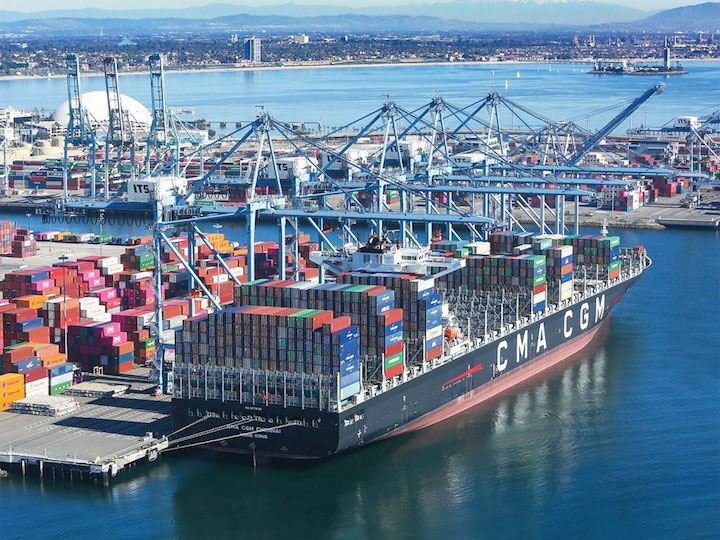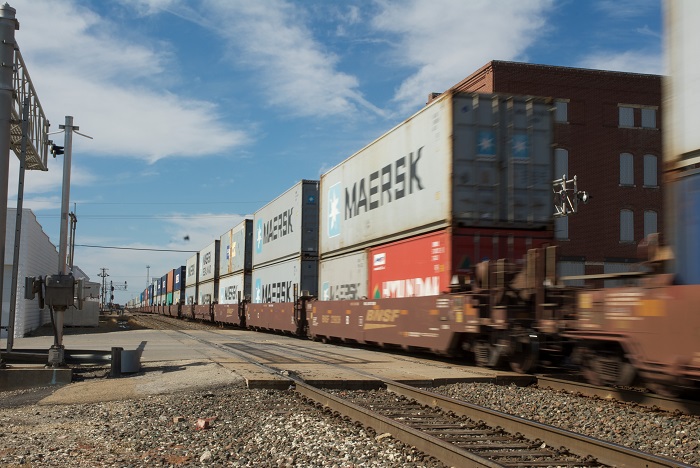5 Tips to Help Navigate the Unusual Shipping Delays 2021 Will Bring
1. Book Early
Due to the current over-demand in the shipping industry, paired with capacity and equipment shortages, booking your shipments early has never been more important. Within 3 weeks of departure, bookings are already full. It is essential that you make your booking at least 4 weeks prior to the cargo ready date. 
Typically, shippers were in the habit of booking cargo once it is ready, this system may have been efficient prior to the Covid-19, however, if you go by this schedule now, you will find yourself in the back of a huge queue. Booking before knowing the final dimensions and weight of the shipment is fine. You can temporarily use estimates and adjust the numbers at pickup.
Another thing to keep in mind is that simply receiving a quote does not mean a formal booking has been made with the carrier. The carrier will not hold space until the shipper makes a formal booking. Mistaking a quote for a booking could result in lengthy delays.
2. Plan on Longer Lead Times
The upcoming shipping climate will likely not compare to the service levels from the first quarter of 2020. It may take longer for your shipment to begin moving, and once it does, plan to expect transit delays and missed pickups. With these conditions in mind, plan your shipping forecasts accordingly.
During these times it’s important to be honest with your customers and make sure they understand the current capacity constraints. Factor rolled containers, missed pickups, and late deliveries into your planning, as these are the current realistic conditions.
3. Split Larger Shipments into Smaller BOL’s
Often carriers have trouble releasing space for larger bookings, we suggest splitting ocean container shipments to no more than two containers per bill lading, and air shipments no more than 1,000 kilos per bill lading.
Though this will increase your cost, it will make finding space for your shipment much easier for the carrier, especially when the vessel is nearly full, allowing for more efficient shipping timelines. Factories may be hesitant to make multiple bookings as it will increase their fees, however as their customer you should negotiate this point with them.
4. Avoid Inland Rail

The rail is currently heavily congested, by suggesting that customers terminate and clear customs at the first ocean port, shipping expectancies could be improved. Clearing customs at the ocean port and then using truck service to complete the shipment’s journey will allow for the shipment to skip over the rail and avoid getting stuck with huge backlogs.
The transfer is manifested in Customs AMS so once a shipment departs, it might not be possible to update its route. Typically the customer has to decide to terminate at the first port 10 days prior to arrival, so thinking ahead is a must in this situation.
5. Enlist SiShips
By enlisting the help of our services, SiShips will allow for ease of mind in a hectic time. With GPS visibility the status of shipments will never go unknown. Due to the delays mentioned above, the information given may not be ideal, however, you can be assured it is accurate.
Included with our services is the ability to have a shipment pre-cleared through customs prior to its arrival. This will help to decrease shipping delays.

